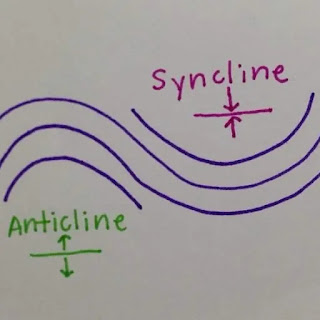Vineesh V, Geography
Vineesh V, Assistant Professor of Geography, Government College Chittur, Palakkad, Government of Kerala. GIS Specialist. Online Geographer and Web Cartographer
Subscribe to:
Comments (Atom)
-
Drawing Watershed Boundaries When we talk about the hydrologic cycle and the water budget, we typically talk about these things ...
-
Spatial filtering encompasses another set of digital processing functions which are used to enhance the appearance of an image. Spatial filt...
-
Spatial feature manipulation in remote sensing refers to the process of altering or modifying the spatial characteristics of a particular fe...







